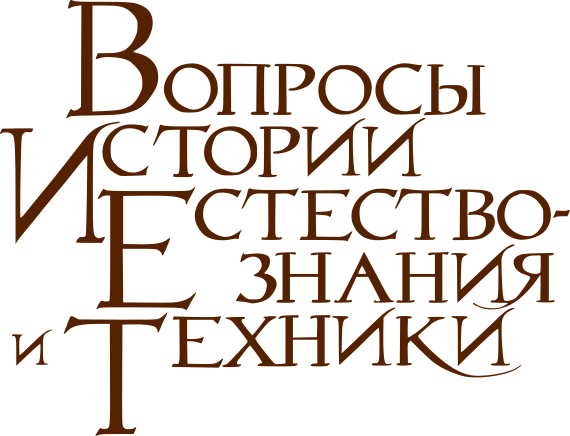The Siemens-Schuckert Werke (SSW) in Berlin began to develop military air planes for the German Luftstreitkrafte in October 1914. The direct impulse for this line of business had come from an outsider, the Swedish engineer Villehad Forssman. When World War I ended four years later, SSW had produced some 500 planes, including fighters, reconnaissance planes, and bombers, and it gained long-lasting recognition for developing three types of the so-called Riesenflugzeuge (giant airplanes), the Forssman-R in 1914-1916, the Steffen R.I and R.n in 1914-1917, and the R.VIII in 1917-1919. The article describes the development of the aircraft department in SSW from autumn 1914 to November 1918, especially with regard to R-plane production. At the outset, the company was totally unprepared to build airplanes. None of SSW’s engi neers had any aeronautical experience, and the firm itself had little interest in aircraft. It was men such as Forssman and the two Steffen brothers, who came in from the outside, who took responsibility for constructing SSW’s first two R-models. Only gradually, by 1917-1918, had an organizational structure emerged at SSW that allowed a rational and effective construction process, based on specialized departments and streamlined rou tines.

Comments
No posts found